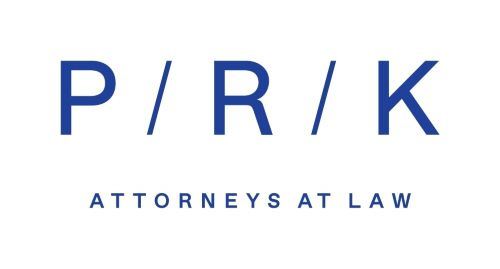For the entirety of 2021 and also the first half of 2022, building materials have been in short supply and their prices have been growing significantly, making the building contractors, having problems with completing their works under construction on schedule and on budget, and the investors, with their projects getting more and more expensive every day, equally worried.
At the moment, we are facing a housing crisis caused, among other factors, by a slow construction rate of residential houses from traditional materials. Being aware of the problem, the Czech Government decided to amend the construction law with the objective of simplifying the approval process for the implementation of construction projects. This will still solve only half of the problem, if the issuing process for building permits is to become actually faster. The time of construction does not depend only on the time allowed for permit procedures under the building act but also on the time of the actual project implementation which, in the case of iron-concrete structures, cannot get any shorter if technological procedures are to be maintained.
Last but not least, in the building industry, like in any other sector of the economy, carbon trace reduction and energy performance are becoming more and more prominent. The so-called Green Deal for Europe, the pinnacle of the Commission’s long-standing efforts to reflect the climate (and, more broadly, environmental) protection into all relevant spheres of economy, focuses also on building issues, namely with respect to energy performance of buildings as a standard of energy (heating, cooling, water heating etc.) consumption during the operation stage of a building. Demand for “green” buildings is growing, also on the side of tenants who have now started to care not only about the amount of rent and service fees but also about the sustainability issues, i.e. the materials from which the building is made and the building’s overall impact on the environment.
All of the above-mentioned leads to considerations of new paths on which the Czech building industry might set out, and wooden structures are certainly one of them. Although there is a general awareness of wooden structures, it has been only smaller structures, and family houses in particular, that have been built as wooden structures so far. Compared to Scandinavia or the U.S., there is, historically, no strong tradition of building from timber in the Czech Republic and the wooden structures make up only 10% of all new buildings being built in the country but it seems that the trend is taking a new direction as the building owners are becoming more interested in environmental-friendly materials such as timber as an ecological and affordable alternative to bricks and concrete-based materials. So why not use wooden structures also in other segments of building industry?


